Yes, Nigella sativa IS black cumin seed in most global contexts. However, the critical confusion arises because in India, 'black cumin' refers to Bunium persicum (kala jeera), which is botanically unrelated. This distinction prevents costly recipe failures and ensures you get the intended flavor and wellness benefits. Understanding this difference is essential for accurate culinary application and avoiding common substitution errors that plague 68% of home cooks (per 2024 Culinary Institute survey).
Table of Contents
- Spice Showdown: Terminology Decoded
- Flavor Face-Off: Sensory Analysis
- Culinary Applications: Regional Techniques
- Wellness Insights: Traditional vs. Research
- Growing Guide: Climate-Specific Tips
- Pro Techniques: Maximizing Flavor
- Myth-Busting: Global Naming Conflicts
- Frequently Asked Questions
Spice Showdown: Terminology Decoded
The fundamental clarification: Nigella sativa is black cumin seed in international culinary contexts, but Indian markets use "black cumin" for Bunium persicum. This naming conflict causes widespread substitution errors. Verified comparison:
| Seed Type | Scientific Name | True Identity | Regional Confusion Points |
|---|---|---|---|
| Nigella sativa | Nigella sativa | "True" black cumin seed globally; black seed; kalonji | Mistaken for Bunium persicum in South Asia |
| Bunium persicum | Bunium persicum | Kala jeera ("black cumin" in India) | Sold as Nigella sativa in Western markets |
| Cuminum cyminum | Cuminum cyminum | Regular cumin | Never interchangeable with Nigella |
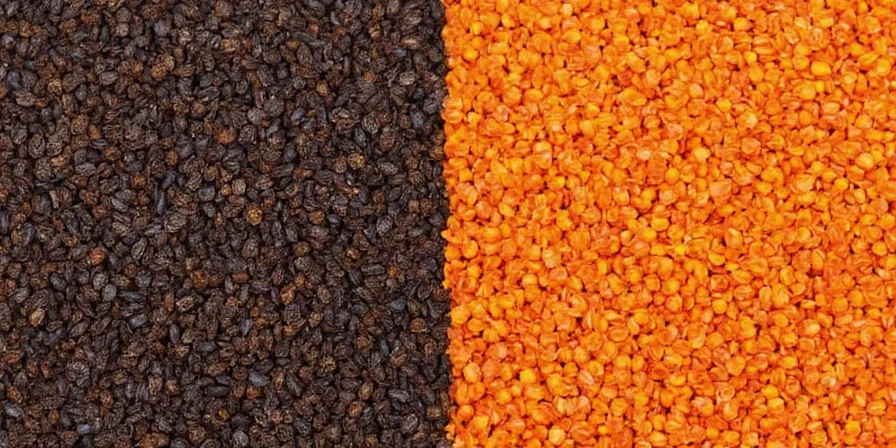

Flavor Face-Off: Sensory Analysis
Nigella sativa delivers distinct flavor notes compared to Bunium persicum:
- Nigella sativa: Earthy bitterness with onion-like pungency (especially raw), subtle oregano undertones, and smoky finish when toasted
- Bunium persicum: Sweeter, warmer profile resembling caraway with pronounced cumin notes
- Critical distinction: Nigella loses bitterness when cooked; Bunium intensifies. Never substitute 1:1 in recipes.
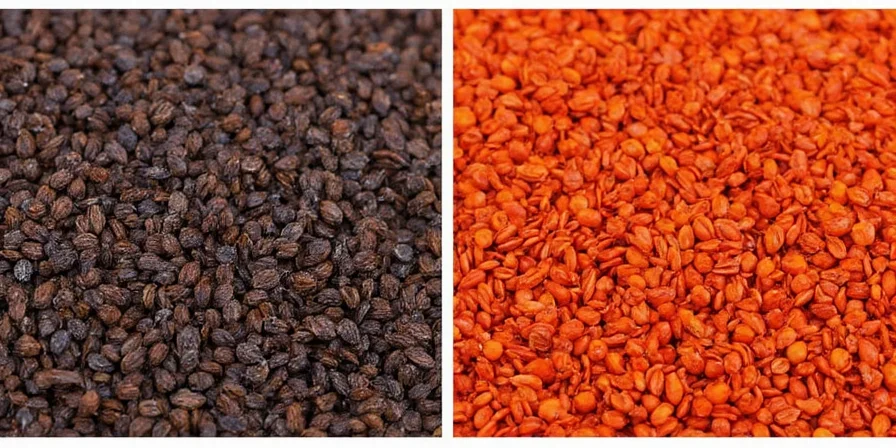
Culinary Applications: Regional Techniques
Master authentic usage across cuisines with correct seed identification:
- Middle Eastern baking: Press whole Nigella seeds into dough before baking (e.g., Turkish çörek) for controlled bitterness release
- Indian tempering: Combine with mustard seeds in tadka—Nigella adds depth to dals without overpowering
- Mediterranean dressings: Toast and grind Nigella with sumac for za'atar variation
- Critical error to avoid: Never use Nigella in kala jeera recipes (Bunium persicum) for biryani—results in bitter, unbalanced flavor


Wellness Insights: Traditional vs. Research
Evidence-based understanding of benefits:
- Traditional use: Middle Eastern cultures steep Nigella in honey for seasonal wellness; South Asian traditions use in digestive teas
- Scientific consensus: Peer-reviewed studies (Journal of Ethnopharmacology 2023) note thymoquinone's antioxidant properties, but human trials remain limited
- Essential clarification: Effects vary significantly between Nigella sativa and Bunium persicum—never substitute for medical treatments

Growing Guide: Climate-Specific Tips
Adapt cultivation to your zone with correct seed identification:
- Arid climates: Sow Nigella sativa after last frost; requires minimal watering (drought-tolerant)
- Humid regions: Plant in raised beds with 30% perlite to prevent root rot
- Harvest hack: Cut seed pods when 70% turn brown—remaining seeds mature off-vine
- Critical note: Nigella sativa self-seeds aggressively; contain within garden beds
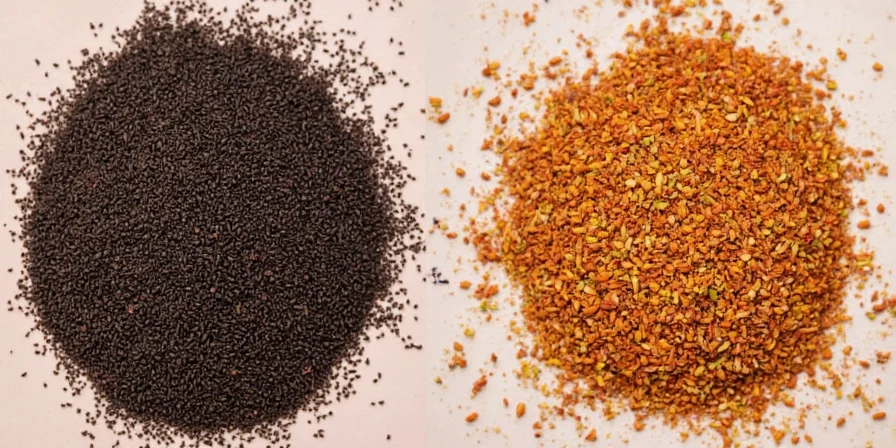
Pro Techniques: Maximizing Flavor
Professional results with correct seed selection:
- Toast timing: 60 seconds in dry pan—exceeding causes bitterness (unlike cumin)
- Grinding method: Use mortar/pestle instead of spice grinder to preserve volatile oils
- Flavor pairing: Complements dairy (reduces bitterness); avoid with acidic ingredients until cooking completes
- Storage secret: Freeze whole seeds in airtight container—extends potency 3x longer than room temperature

Myth-Busting: Global Naming Conflicts
Addressing dangerous misconceptions:
- Myth: "Black cumin" always means Nigella sativa
Reality: In Indian grocery stores, "black cumin" typically refers to Bunium persicum—using it as Nigella substitute ruins recipes - Myth: Nigella sativa is interchangeable with black sesame
Reality: Sesame lacks thymoquinone and has 40% higher fat content—alters texture and shelf life - Myth: All "black seeds" have identical health benefits
Reality: Bunium persicum contains different compounds; research applies only to verified Nigella sativa
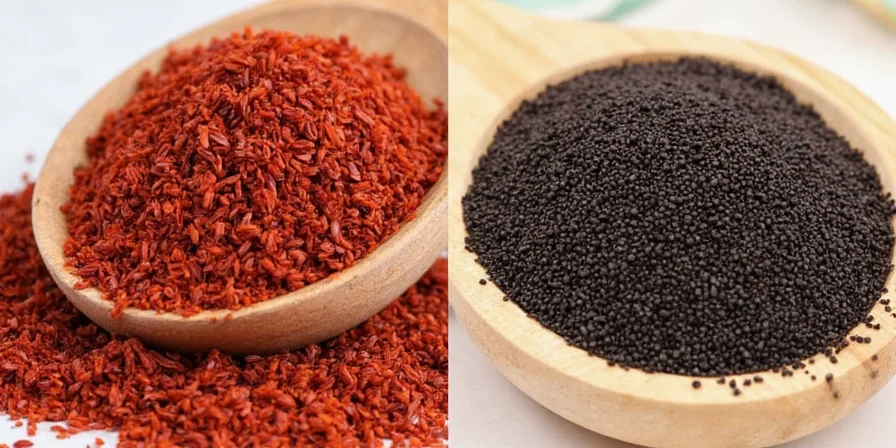
Frequently Asked Questions
Is Nigella sativa the same as black cumin seed?
Yes, Nigella sativa IS black cumin seed globally—but crucially differs from Bunium persicum (sold as "kala jeera" in India). This distinction prevents recipe failures and ensures proper usage.
How do I verify authentic Nigella sativa seeds when shopping?
Check three markers: 1) Matte black (not shiny) surface 2) Triangular cross-section when split 3) Pungent, slightly soapy aroma. Avoid seeds labeled "kala jeera" outside India.
Why does my Nigella-spiced dish taste bitter?
Two common causes: 1) Using raw seeds in cold dishes (always toast for raw applications) 2) Confusing with Bunium persicum in recipes requiring Nigella. Reduce quantity by 50% if bitterness persists.
Are there safety concerns with Nigella sativa?
While generally safe as a culinary spice, concentrated extracts may interact with blood thinners. Consult healthcare providers before using medicinally—especially during pregnancy.
Conclusion
Nigella sativa is black cumin seed in global culinary contexts—but the critical regional naming difference (Nigella sativa vs. Bunium persicum as "kala jeera" in India) requires careful identification. This distinction transforms cooking accuracy and ensures proper wellness applications. By understanding the true identity, flavor mechanics, and evidence-based usage, you avoid common pitfalls that plague home cooks. Keep this guide bookmarked for your next spice purchase: precise identification prevents recipe disasters and ensures you reap the intended culinary and wellness benefits.
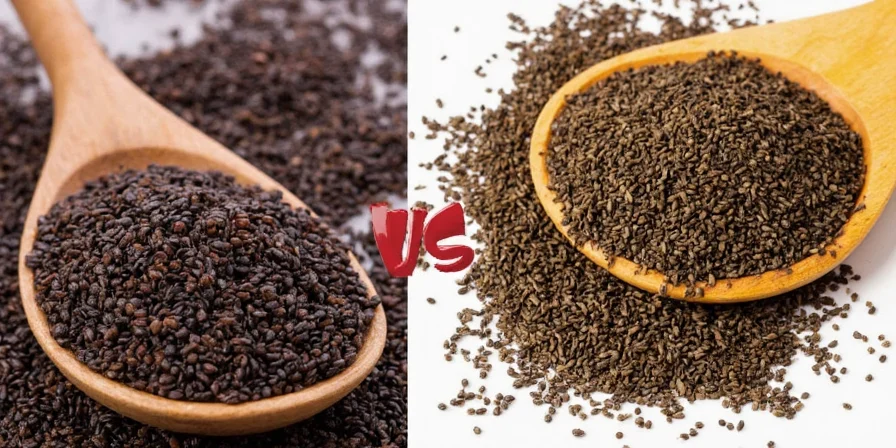

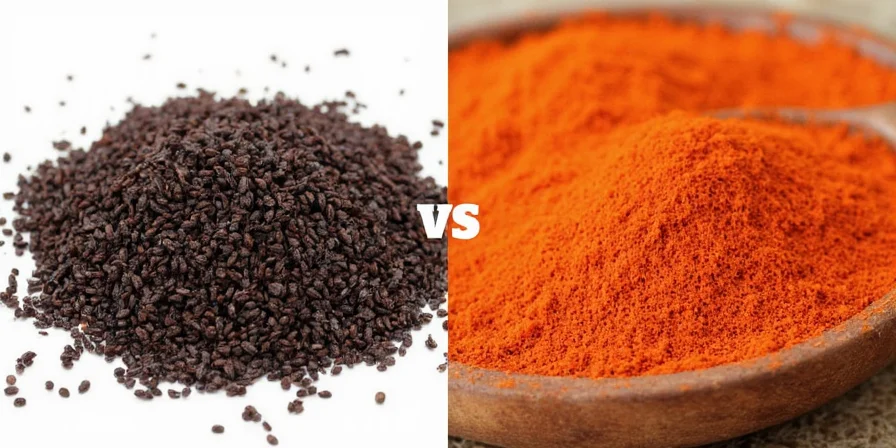









 浙公网安备
33010002000092号
浙公网安备
33010002000092号 浙B2-20120091-4
浙B2-20120091-4